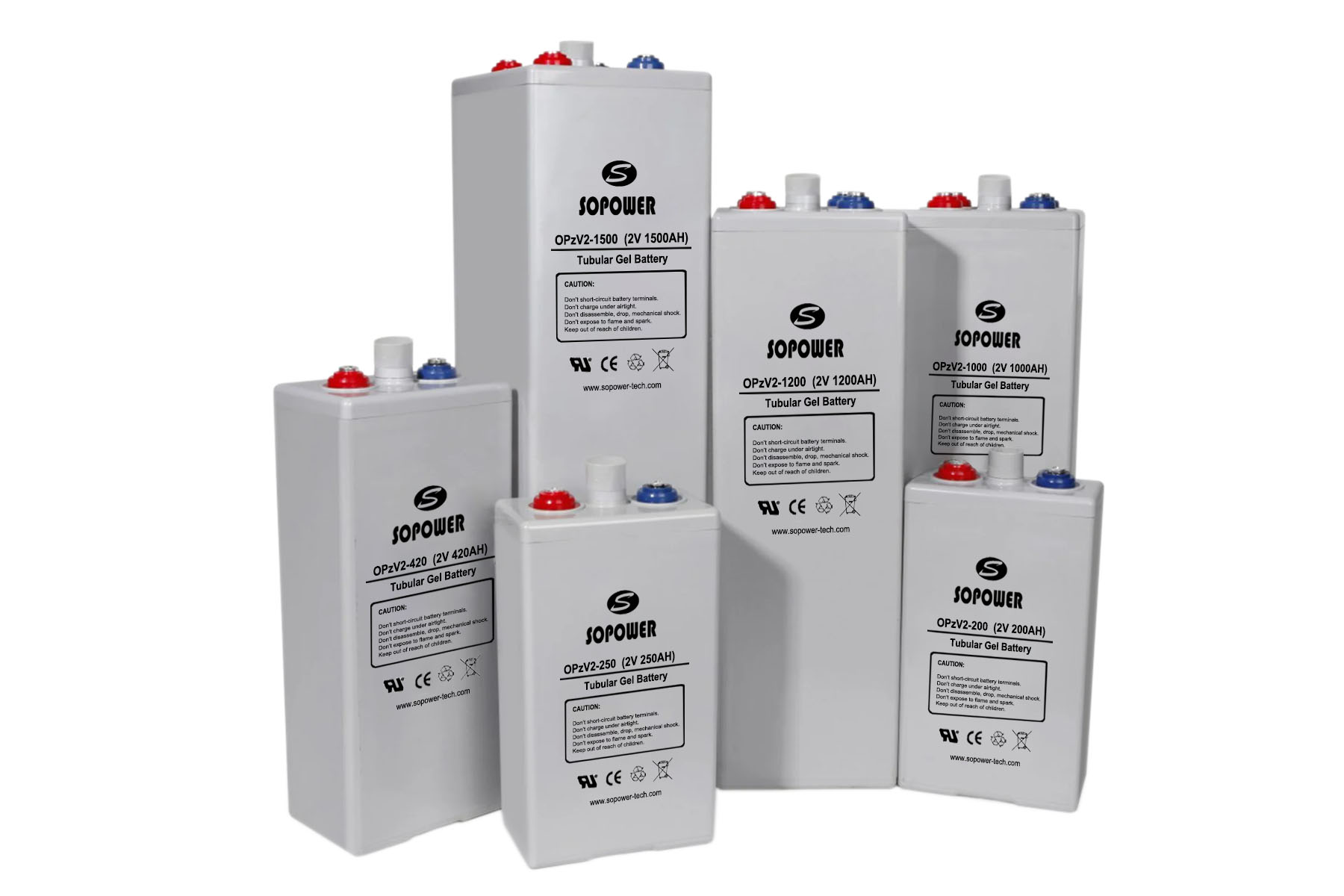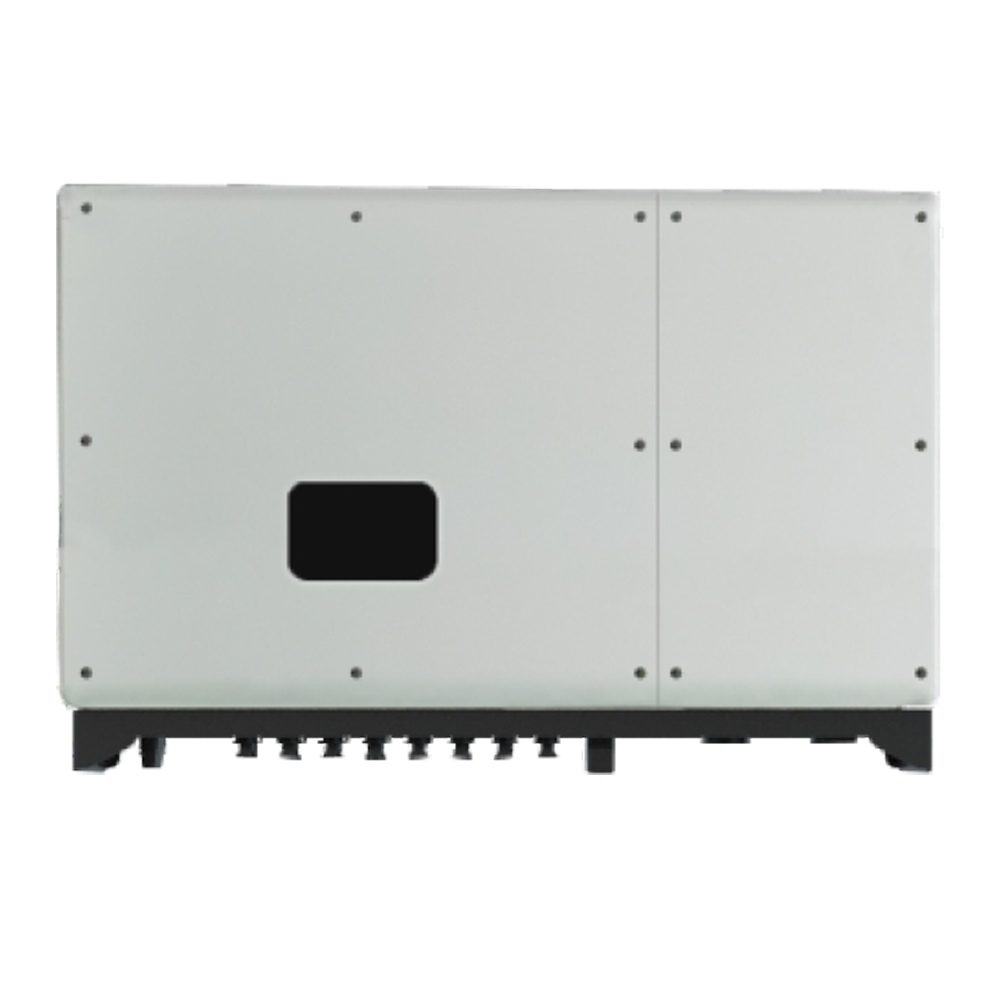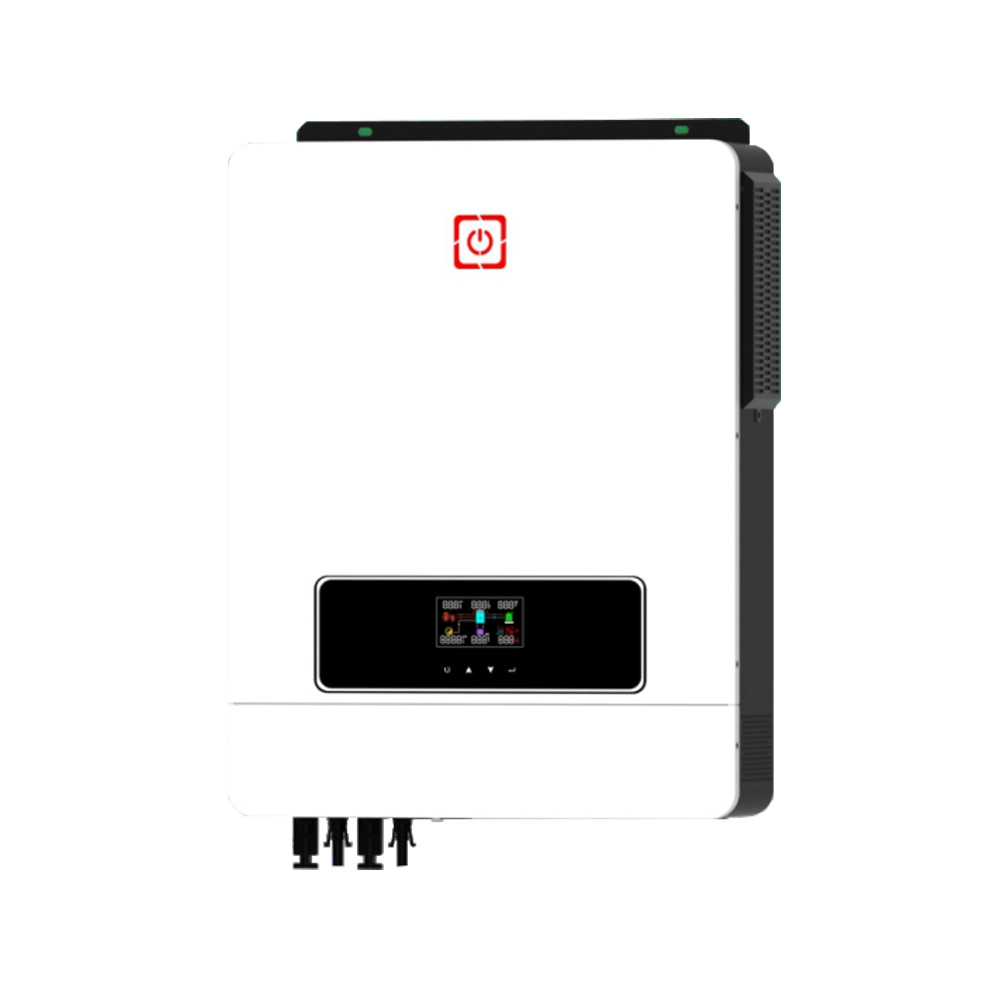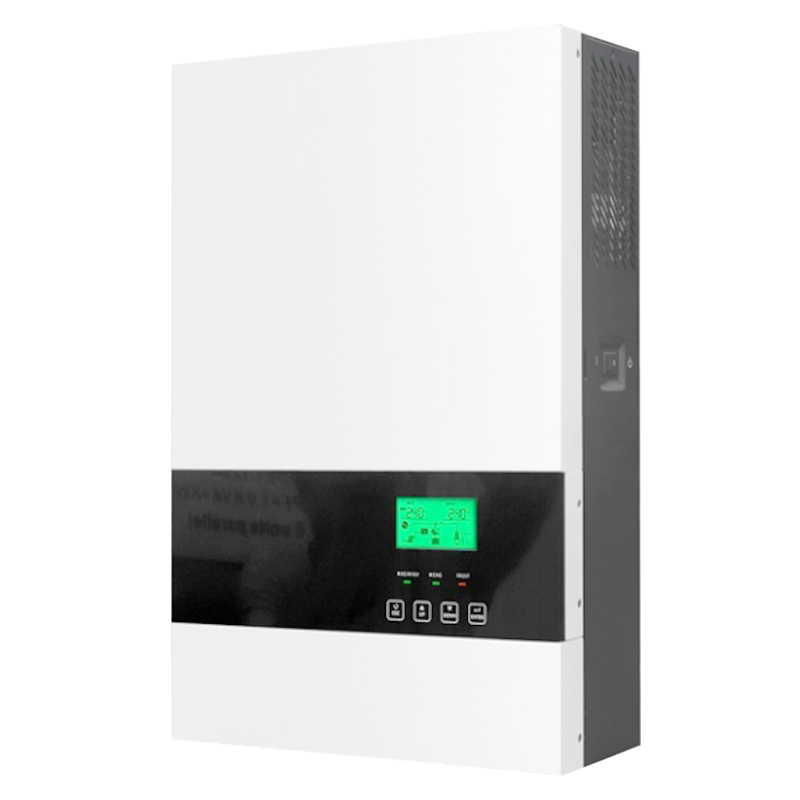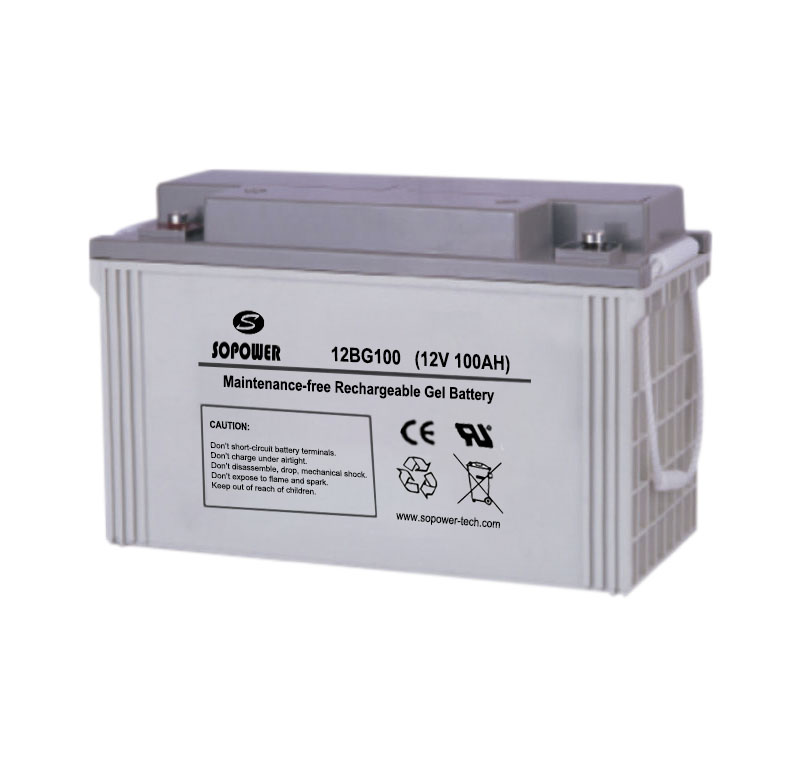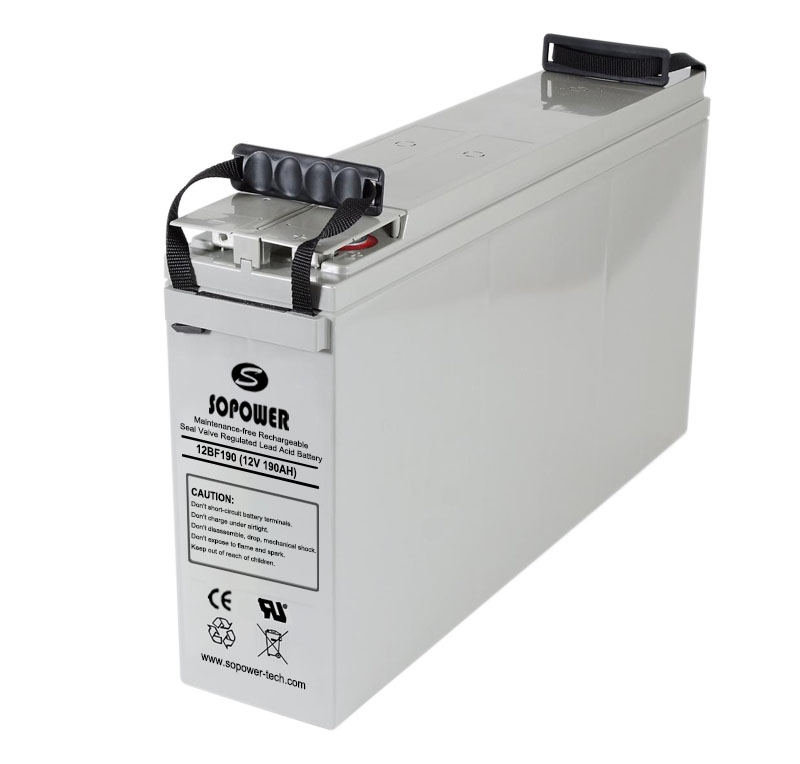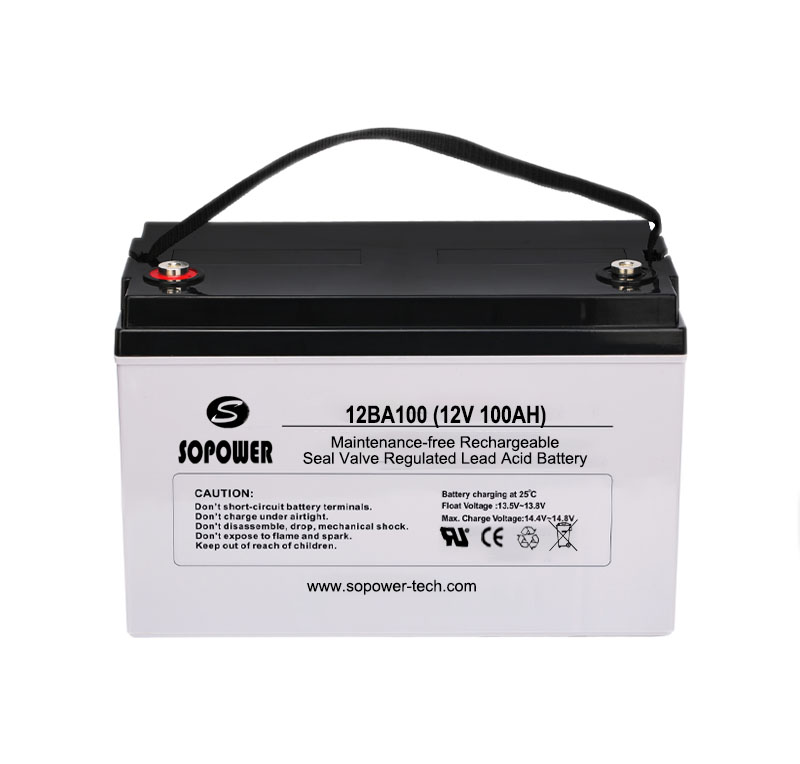Source: Green-Tech-Media Date: 29. JUNE 2012

Feed-in tariff lowered in an effort to stabilize the market.
The German government has all but ratified revisions to the EEG (the renewable energy law), according to German news sources.
Earlier this year, the German Bundestag proposed drastic revisions to the EEG, which governs Germany’s feed-in tariff, requiring utilities to buy electricity from solar power producers at predetermined rates. The initial motion was blocked by the German states, and the bill was sent to remediation for compromise. On the night of June 27, the remediation committee approved new revisions to the EEG. On June 28, less than twenty-four hours after the remediation committee gave the revisions a nod, the German Bundestag approved the amendments. The bill is expected to be passed by the German states when they meet today.
After record years of solar industry growth in Germany, the German share of cumulative global solar capacity is over 33 percent, according to GTM Research.
The original FIT revisions proposed in March aimed to create three categories for subsidies: systems under 10 kilowatt-peak in size, systems between 10 kilowatt-peak and 1 megawatt-peak, and systems between 1 and 10 megawatt-peak. The newly approved revisions to the EEG introduce a subsidy cap once the German solar market reaches 52 gigawatts cumulative. Cumulative installations are currently roughly 27 gigawatts-peak. In addition, subsidies are cut completely for systems larger than 10 megawatts. Systems larger than 10 megawatts accounted for only 5 percent of the German market in 2011, and 2 percent of the 2012 market through April, according to GTM Research. While this part of the new renewable energy law was widely contested, we do not believe it will have a strong effect on the market.
The largest sector of systems in Germany are in the 40-kilowatt to 1,000-kilowatt range. Feed-in tariffs in that size range will be reduced 25 percent under the new rules. Smaller size systems will have their FIT reduced by 20.4 percent; larger systems will be reduced by 26.4 percent.
An important thing to note here is that the revisions include a new FIT category with higher subsidies for systems between 10 and 40 kilowatts. According to GTM Research, systems in this category accounted for over 25 percent of the total installed capacity in 2011. This is big news for the German solar industry and should continue to prop up demand in the German solar market. The biggest pain for the industry is the nearly 25 percent cut in tariffs for systems between 40 and 1,000 kilowatts-peak. This market segment accounted for 34 percent of the market in 2011 and 45 percent of the market in 2012 through April. This wasn’t, however, unexpected by GTM Research analysts. Another victory for the industry was the elimination of the market integration model for systems under 10 kilowatt-peak, and the delay of the model for systems between 10 and 1,000 kilowatt-peak until 2014. The monthly 1 percent FIT rate degressions and the targeted growth corridor of 2.5 to 3.5 gigawatts per year still stand.
In a market where average install costs are at $2.24 per watt, the new FIT structure and degression schedule should slow demand, but GTM Research expects the market to be much larger than the growth corridor of 2.5 to 3.5 gigawatts in 2012. Cheap financing from the state-owned KfW will allow projects to continue to be profitable, albeit with lower returns.
With a degression schedule dependent upon installed capacity and module prices expected to continue to fall through 2012, we expect to see further FIT cuts throughout 2012 and early 2013 until market stabilization is achieved.

